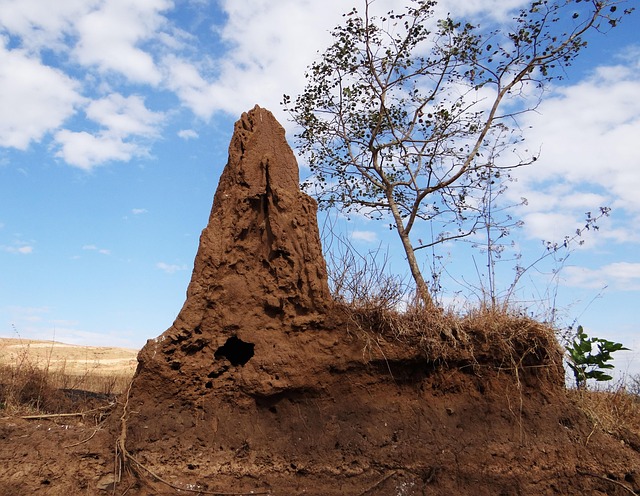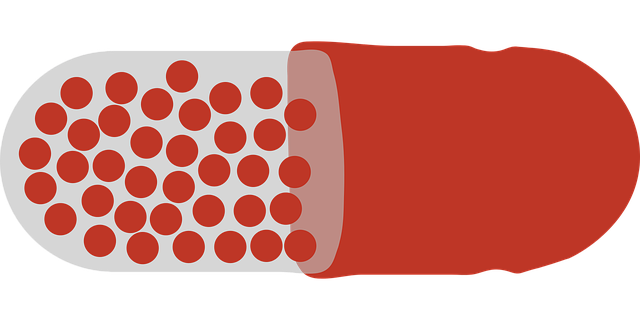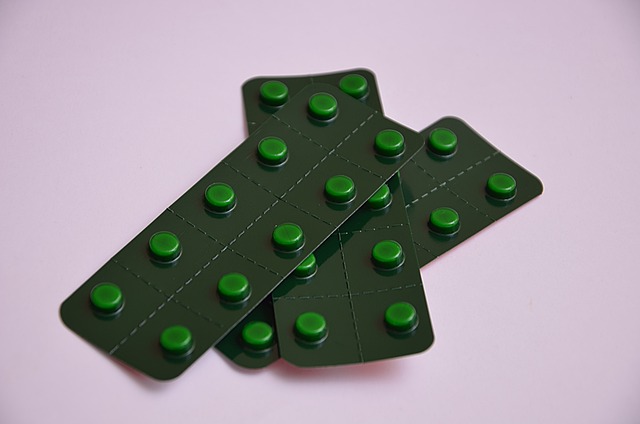Termites, like subterranean, drywood, and formicine species, can cause substantial structural damage if left untreated. Early detection is crucial; signs include wood damage, shredded wood piles, swarmer termites, wall vibrations, unusual smells, and mud tubes (for subterranean termites). Prompt action preserves homes' structural integrity. Effective termite control involves regular inspections, professional expertise, and vigilance to detect and address infestations early. Treatment options range from natural methods like physical barriers and micro-organisms to chemical treatments like termiticides in liquid or granular form. Localized treatments target specific areas, while comprehensive ones eliminate termites entirely, ideal for severe cases. Post-treatment, annual inspections, property maintenance, and professional monitoring are vital. Termite treatment costs vary based on severity, property size, and method, but they offer excellent ROI by preventing extensive damage and structural losses.
Residential termite infestations can cause significant structural damage, making timely treatment crucial. Understanding these invasive pests and their behavioral patterns is the first step in effective termite control. This article provides a comprehensive guide to residential termite treatment, covering common types, signs of an infestation, early detection methods, and diverse treatment options, from non-chemical approaches to advanced chemical solutions. We explore localized vs. comprehensive strategies, post-treatment maintenance, and cost considerations, offering valuable insights for homeowners seeking long-term protection against termites.
Understanding Residential Termite Infestations: Common Types and Signs

Termite infestations in residential properties can be a significant concern, often causing extensive structural damage if left untreated. Understanding these infestations and their various forms is crucial for effective termite treatment. Common types include subterranean termites, drywood termites, and formicine termites, each with distinct behaviors and habitats. Subterranean termites build nests underground, accessing structures through hidden tunnels, while drywood termites nest within wooden structures themselves. Formicine termites are less destructive but can indicate a larger problem.
Signs of an infestation vary but include visible damage to wood, such as blotchy or hollow-feeling timber, and small piles of shredded wood or wings (from swarmer termites). Wall vibrations or noises, odd smells, and the presence of mud tubes (made by subterranean termites) are also indicators. Prompt action is vital; early detection allows for more effective termite treatment options, ensuring the preservation of your home’s structural integrity.
The Importance of Early Detection in Termite Control

Early detection is a critical component of effective termite control. Regular inspections and proactive measures can significantly reduce the impact of termites on residential properties. By identifying signs of an infestation early, homeowners can prevent extensive damage and save considerable costs associated with termite treatment. Termite treatments vary depending on the severity of the infestation, but they generally involve targeted applications of chemicals designed to eliminate termites while minimizing environmental impact.
Effective termite control requires a comprehensive approach that combines professional expertise with homeowner vigilance. Regular inspections help in monitoring potential entry points, detecting subtle signs of activity, and allowing for timely intervention. Early detection enables homeowners to choose the most suitable termite treatment methods, ensuring the longevity and integrity of their homes.
Non-Chemical Methods for Termite Prevention and Treatment

Non-chemical methods offer a natural and eco-friendly approach to termite prevention and treatment. One effective technique is physical barriers, such as metal or mesh screens, which can be installed around the perimeter of your property. These barriers act as a shield, blocking termites from accessing wooden structures. Another method involves using micro-organisms like fungi or bacteria that are harmful to termites. These biological agents can be applied to susceptible areas, creating a protective layer that inhibits termite activity.
Regular inspections and maintenance play a crucial role in non-chemical termite control. By periodically checking for signs of termite damage or presence, you can catch potential issues early. Proper wood treatment is also essential; using resistant woods and properly preserving wooden elements makes them less attractive to termites. These non-toxic methods provide an alternative solution for those seeking sustainable termite management without relying on chemicals.
Chemical Termite Treatments: Solutions and Application Techniques

Chemical termite treatments are a common and effective method for addressing termite infestations in residential areas. These solutions come in various forms, each designed to target termites differently. For instance, termiticides, which include both liquid and granular formulations, are applied to the soil around structures as barriers or directly to infested wood. Liquid termiticides are typically drenched into cracks and crevices, while granules are mixed with water and spread across the affected area. The application techniques ensure that these chemicals reach all accessible termite colonies, effectively eliminating them.
Professional applicators use advanced equipment for precise application, minimizing environmental impact. They target not just visible termites but also their hidden colonies, ensuring a comprehensive solution. Modern termiticides are formulated to be low-toxicity, eco-friendly options that still pack a punch against termites. This balance between efficacy and safety is crucial for residential termite treatment, offering long-lasting protection without posing risks to inhabitants or local ecosystems.
Localized vs. Comprehensive Termite Treatment Strategies

When it comes to termite treatment, two primary strategies stand out: localized and comprehensive. Localized treatments focus on targeted areas where termite activity is confirmed, such as individual walls or floors. This method involves applying chemicals directly to the affected zones, making it an efficient solution for small-scale infestations. It’s often less expensive and less disruptive than comprehensive treatment, ideal for situations where only specific parts of a property are at risk.
Comprehensive termite treatment, on the other hand, encompasses the entire structure. This strategic approach involves treating all accessible areas above and below ground to ensure the complete elimination of termites. Comprehensive treatments are beneficial for severe infestations or properties with high risks of recurrence. By addressing every potential entry point and hiding place, it provides a robust defense against future termite damage, making it a more long-term investment in pest control.
Post-Treatment Maintenance and Monitoring for Long-Term Protection

After a thorough termite treatment, maintaining and monitoring your property is crucial for long-term protection against these pests. Regular inspections are key; check for any signs of termite activity or damage at least once a year. This includes looking out for mud tubes, which termites use to travel, as well as any wood damage or swarmer activity.
Post-treatment, maintaining a pest-free environment involves taking preventive measures like keeping your property clean and free of debris, reducing moisture levels, and sealing entry points. Regularly trimming trees and shrubs away from your home can also help prevent termites from finding easy access to your structure. These steps, combined with professional monitoring, ensure ongoing protection against termite infestations.
Cost Considerations and Return on Investment for Termite Treatment

When considering termite treatment, one of the primary concerns for homeowners is the cost. The price of termite control can vary widely depending on several factors such as the extent of infestation, property size, and the chosen treatment method. Initial treatment costs can range from a few hundred to several thousand dollars, with ongoing annual maintenance fees adding to the overall expense. However, investing in professional termite treatment offers a significant return on investment (ROI). Termites cause substantial damage to structures over time, and without treatment, repair bills can accumulate rapidly. By proactively treating for termites, homeowners protect their investments by preventing costly repairs and structural damage associated with severe infestations.
While upfront costs may seem steep, the long-term benefits outweigh the initial expenditure. Effective termite treatments not only eliminate existing infestations but also provide ongoing protection against future invasions. This peace of mind is invaluable, ensuring that homes remain safe and secure for years to come. Moreover, regular maintenance checks and treatments can help maintain the structural integrity of buildings, preserving their value and extending their lifespan.
